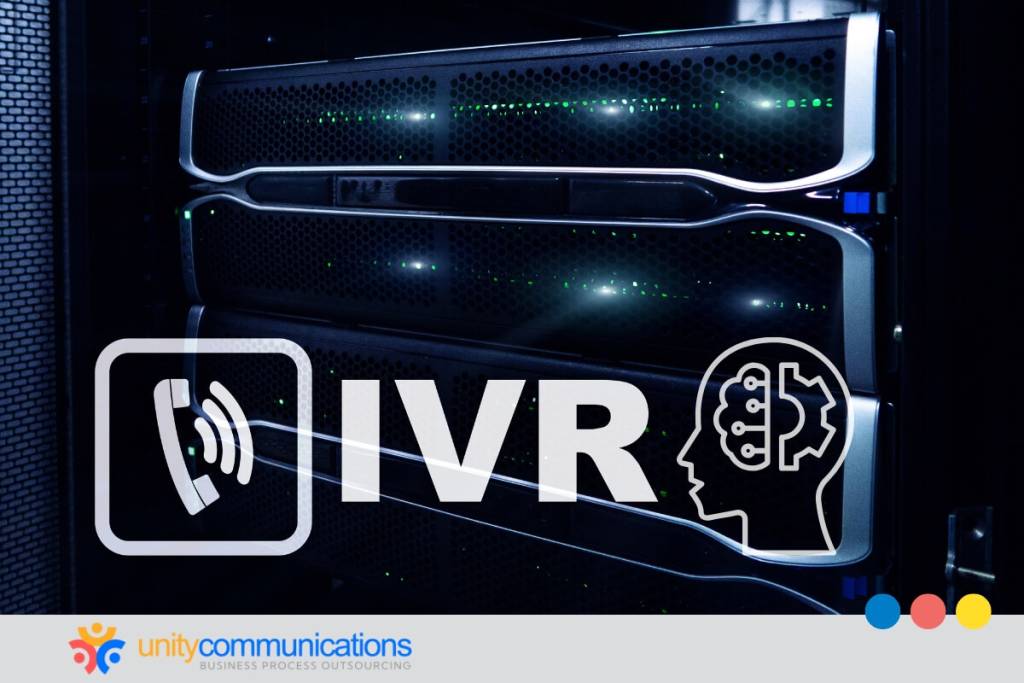Table of Contents
Effective patient follow-up is crucial for health outcomes and patient engagement. Virtual assistants (VAs) redefine follow-up services with efficient processes and personalized care.
Virtual medical assistants automate scheduling and reminders to avoid overlooking a patient. They also facilitate interactive check-ins and gather feedback, enhancing communication and treatments. This proactive approach improves patient satisfaction, regulatory compliance, and care continuity, effectively closing the loop in patient management.
Discover how patient follow-up by virtual assistants transforms healthcare delivery and improves patient outcomes. Read until the end to learn about hiring VAs through outsourcing.
Benefits of patient follow-up by virtual assistants

Patient follow-up by virtual assistants offers benefits for healthcare providers, clinics, and hospitals. VAs assist these institutions in communicating with patients and taking action following initial medical treatment. They give care continuity, follow treatment plans and actions on schedule, and assess patient progress to achieve the best possible health outcomes.
The following further explains the advantages of patient follow-up by virtual assistants:
Automating follow-up appointments
Automating follow-up appointments with VAs improves care continuity. It streamlines scheduling, enhances treatment plan adherence, and reduces missed appointments. Here’s how:
- Automated scheduling. VAs integrate with electronic health records (EHR) systems to access patient data, including medical history and scheduling preferences, and schedule follow-ups based on availability for optimal timing.
- Reminder systems. These professional remote workers send personalized reminders via calendar apps and communication channels, such as text messages, email, or automated calls, to enhance patient engagement and reduce appointment no-shows.
- Technology integration. VAs use artificial intelligence (AI) and machine learning (ML) to assess patient data and recommend appropriate appointment times. Natural language processing (NLP) allows them to communicate with patients more effectively when answering inquiries and providing information about forthcoming visits.
Automation is an essential part of the process. When patient follow-up appointments are automatically performed by virtual assistants, the medical firm’s in-house staff is relieved of regular scheduling duties. They can concentrate more on care delivery and decision-making, increasing healthcare efficiency.
Streamlining appointments and reminders also boosts patient satisfaction and treatment plan compliance. Virtual medical assistants improve outcomes by conducting timely follow-ups and ensuring care continuity.
Enhancing patient understanding and compliance
VAs improve health outcomes by providing clear, timely post-treatment instructions in simple language, boosting patient comprehension and adherence to medical advice.
Let’s delve into the specifics:
- Clear communication. VAs translate complex medical information into simple terms to help patients understand their care plans, medication regimens, and necessary lifestyle changes.
- Timely advice. VAs give instructions after consultations or treatments, reminding patients of key ideas while still fresh in their memories. This technique avoids confusion and increases the retention of critical information required for efficient self-care.
- Personalized approach. VAs can individualize instructions by integrating patient records with AI, providing tailored care recommendations that match individual medical needs for effective treatment programs.
- Supportive participation. Remote healthcare workers actively engage patients, offering ongoing assistance and answering questions about their treatment programs. This hands-on approach gives patients a sense of empowerment and encourages them to control their health actively.
- Improved compliance. Virtual medical assistants increase patient understanding and simplify care instructions, significantly enhancing adherence to prescribed medications. Patients are more likely to follow recommended regimens, resulting in better management of chronic illnesses, fewer problems, and better overall health.
Providing interactive check-ins and collecting feedback
VAs’ interactive check-ins and feedback enhance patient care. These activities help them monitor patient recovery, optimize treatment plans, and improve healthcare outcomes.
Here’s how:
- Post-appointment monitoring. VAs schedule check-ins following patient consultations or treatments to evaluate health status. They ask about symptoms, medication adherence, and overall well-being via automated prompts or personalized messages to determine whether patients are on track with their rehabilitation.
- Real-time feedback gathering. Remote healthcare professionals use AI to gather patient input on their care experiences, including wait times, physician communication, and treatment satisfaction. This feedback is critical to enhancing patient services and happiness.
- AI-driven analysis. Virtual medical assistants analyze feedback with AI to detect trends and concerns. The insights contribute to prompt interventions and treatment adjustments for enhanced patient safety and care.
- Personalized care adjustments. Based on feedback analysis, VAs can offer tailored treatment strategies. For example, if many patients report identical side effects, VAs can notify healthcare practitioners to examine and adjust prescription dosages or provide alternative therapy customized to individual requirements.
- Enhanced patient engagement. Interactive check-ins and feedback foster a partnership between patients and healthcare providers. VAs empower patients to voice concerns and participate in decisions concerning their health through responsive care management and feedback.
Hiring VAs through outsourcing firms to perform patient follow-up

A business process outsourcing (BPO) partnership allows you to employ competent VAs for patient follow-up services. To better understand what BPO is, it is a strategy that involves delegating your healthcare organization’s non-core operations to improve efficiency and allow your internal team to focus on patient care and satisfaction.
This is how outsourcing works when hiring VAs: Your organization partners with a BPO company that employs VAs for patient follow-up. These third-party professionals also handle data management and other administrative tasks, optimizing operational efficiency and enhancing patient satisfaction through streamlined processes.
Choosing the right virtual assistant via a service provider can be done through the following ways:
- Industry expertise. Seek outsourcing firms with experience and expertise in healthcare BPO services. They must understand industry demands, including compliance, patient confidentiality, and regulatory requirements.
- Telemedicine track record. Opt for a service provider skilled in supporting virtual healthcare processes. BPO in telemedicine includes managing virtual appointments and providing seamless patient support remotely.
- Healthcare process integration. The healthcare process in BPO should integrate seamlessly with your current operations. Choose a service provider that can adapt swiftly to your specific needs for continuity of patient care.
- Technology and security standards. Check prospects’ digital infrastructure and security protocols. They should safeguard patient information and adhere to industry regulations and standards, such as the Health Insurance Portability and Accountability Act of 1996 (HIPAA).
- Scalability and flexibility. Select a BPO organization that can scale services to meet your needs, delivering flexibility for peak times or specialized services.
- Cost-effectiveness. Outsourcing administrative tasks in healthcare should result in cost savings. Evaluate the cost-effectiveness of outsourcing compared to in-house staffing. BPO should reduce overhead spending associated with administrative tasks while maintaining service quality.
- Client references and testimonials. Check client reviews to gauge the BPO provider’s reputation in the healthcare industry. Feedback from former and current clients can provide valuable insights.
- Training and skillsets of VAs. Inquire about medical VAs’ training and skills. They should be proficient in medical terminology, patient interaction, and healthcare software.
- Service-level agreements (SLAs). Clarify SLAs for uptime, response times, and data handling to confirm accountability and align expectations with the BPO vendor.
- Improvement initiatives. Look for BPO partners committed to constant improvement and innovation. They should actively seek feedback to refine processes and enhance service delivery over time.
The bottom line

VAs streamline patient follow-up by automating scheduling, sending reminders, providing clear instructions, conducting check-ins, and collecting feedback. They help provide continuous care and improve patient satisfaction.
Your medical practice can benefit from leveraging third-party VAs to improve patient relations, reduce no-shows, and optimize treatment outcomes. Embracing their capabilities is a strategic move to close the care loop, ensuring patients receive the consistent, personalized attention they need for better health outcomes.
Let’s connect to learn more about patient follow-up by virtual assistants and how Unity Communications can help you enhance patient engagement, streamline operations, and improve care continuity!




